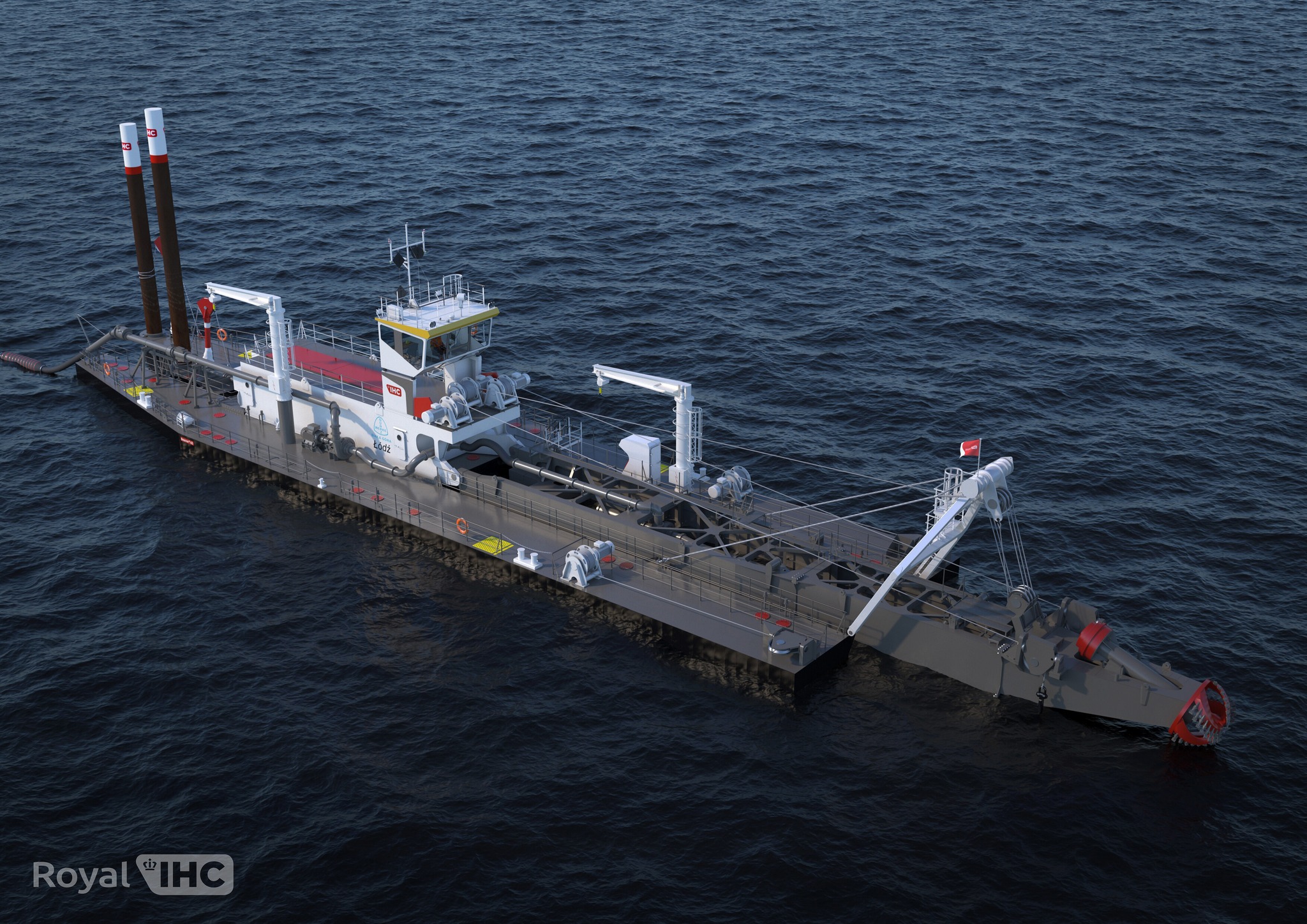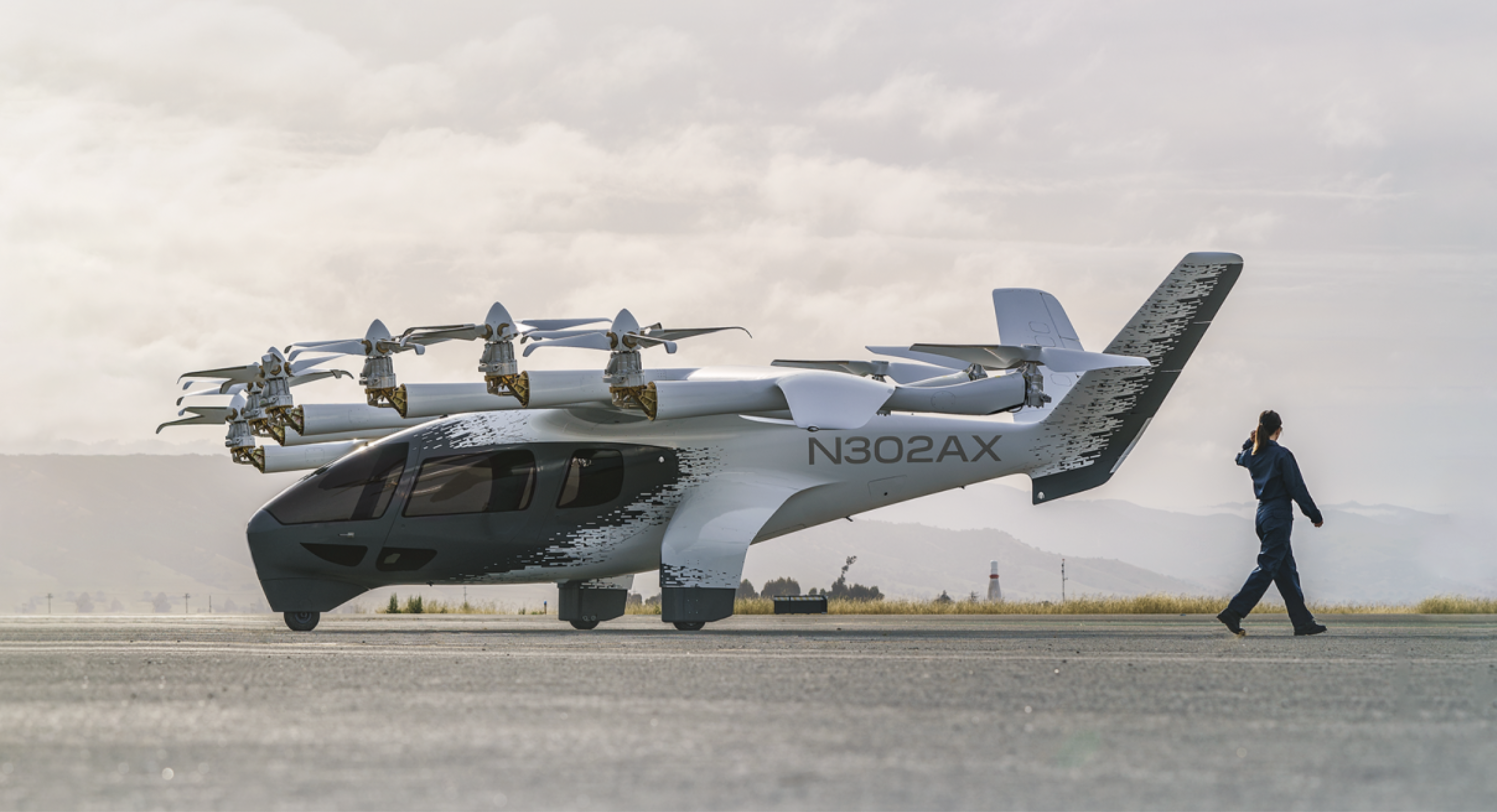Canada’s federal government is expected to release new regulations later this year to strengthen its regulations around methane emissions. Any new regulation will require accurate and reliable data on methane emissions sources.
So, how can current methane emissions measurement practices and technologies be improved?
The team at the Industrial Decarbonization Network recently caught up with Jonathan Bryan, Technical Director at NGIF Emissions Testing Centre, to discuss the challenges he sees with current practices and technology, and how operators can address them. (You can download the full interview here)
NGIF Emissions Testing Centre is a branch of the Alberta-based NGIF, a clean-tech venture capital fund. The centre offers cleantech startups an opportunity to test their innovations in live industrial gas operations.
In this interview, Jonathon Bryan discusses his work at the NGIF Emissions Testing Centre and offers his advice to operators looking to determine the optimal mix of technologies.
This coming September, Jonathon will also be taking the stage at the Methane Mitigation Canada Summit in Calgary. You can learn more about the unmissable event here.
Industrial Decarbonization Network: What do you see as the current gaps in methane measurement practices and technologies in oil and gas?
Jonathan Bryan, NGIF: One of the biggest gaps that we have is measuring continuous versus non-continuous emissions.
Our current regulations work well for continuous emissions, for instance if you have a fugitive emission such as a leak on a line or a hatch that isn’t seated properly. Every few months an operator can go around with an OGI camera and find these emissions sources.
The challenge with non continuous sources, such as a release from a tank or other non-routine emissions, is that you can miss these even if you have a flyover technology. There are times when the emissions will be present and times when they won’t.
Measurement practices are now more regular – both continuous and higher frequency. Indeed, I think that’s where we need to go.
However, when we’re looking at continuous sensors, we’re still seeing a gap in how to use the data quantitatively. There are various solutions out there, good hardware solutions that can measure the amount of methane that a sensor detects. But how do you translate that into a measured emission source point and a measured emission rate?
Download the full, in-depth interview now to continue reading…
Share This:





